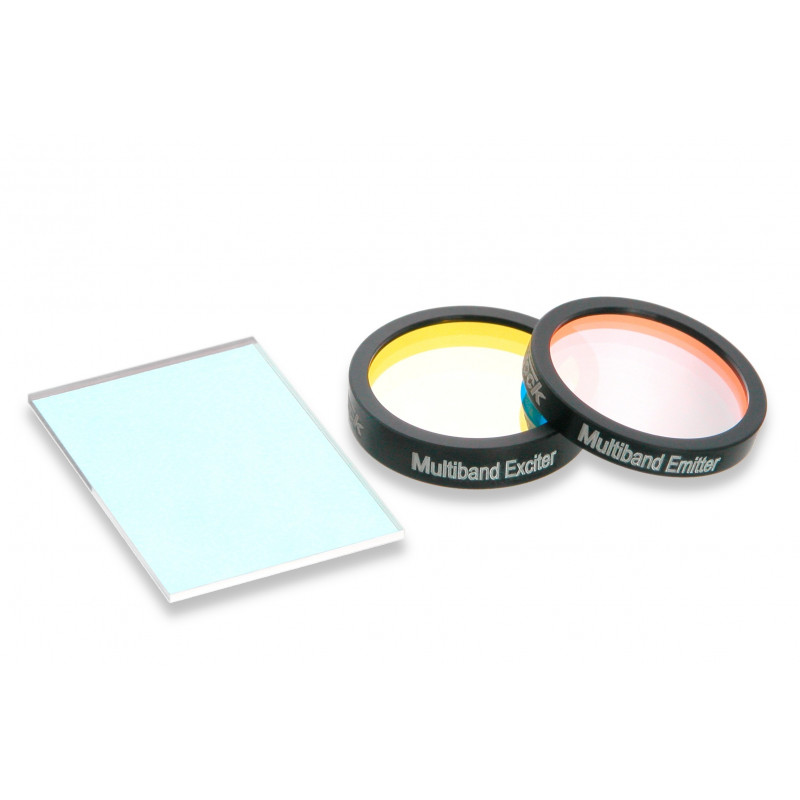Products News
Automobile Exhaust Detection Filters

The transmission smoke meter is an instrument that measures the degree of absorption of certain wavelengths by different substances based on the different characteristic absorption spectra of radiation in the visible light region and performs quantitative analysis. It allows a certain amount of incident light to pass through a certain length of the measured smoke column, and uses the intensity of the transmitted light detected by the light detector to assess the pollution degree of motor vehicle exhaust.
The transmission smoke meter is mainly composed of a light source system, a collimation system, a smoke sample chamber, a detector system, and sampler accessories. When working, the smoke sample chamber is filled with the exhaust gas of the motor vehicle to be tested, and then a certain amount of light is transmitted from the light source through the collimation system through the smoke column of the smoke sample chamber. The light attenuated by the smoke column generates a stable output voltage on the detection system, and the voltage is determined by the pollution degree of the measured smoke column. After the voltage signal is converted into the expression form specified by the regulations, it is output by the display system or printing system to complete the detection.
At present, the gas detection filters produced by BORISUN mainly cover the following bands:
4260nm infrared narrowband filter carbon dioxide CO filter
3470nm infrared narrowband filter automobile exhaust detection
4650nm infrared narrowband filter carbon monoxide CO detection
5050nm infrared narrowband filter carbon monoxide CO detection reference wavelength
7350nm infrared narrowband filter sulfur dioxide SO2 detection
RELATED NEWS
- Fully Automatic Chemiluminescence Instrument Filter 2024-10-30
- Ultraviolet UV-C band quartz glass sterilization filter 2024-10-30
- Laser Ranging Filters 2024-10-25
- Laser Welding Machine Filter 2024-10-25
- UV Light Isolation Filters 2024-10-25
CATEGORIES
LATEST NEWS
CONTACT US
Contact: Jessie
Phone: +86 13772020541
E-mail: info@borisun.com; jessie@borisun.com
Whatsapp:+86 13772020541
Add: First floor, dalanyingthermal insulation material factory, Shima Road, Hantai District, Hanzhong City, Shaanxi Province, China 723000
